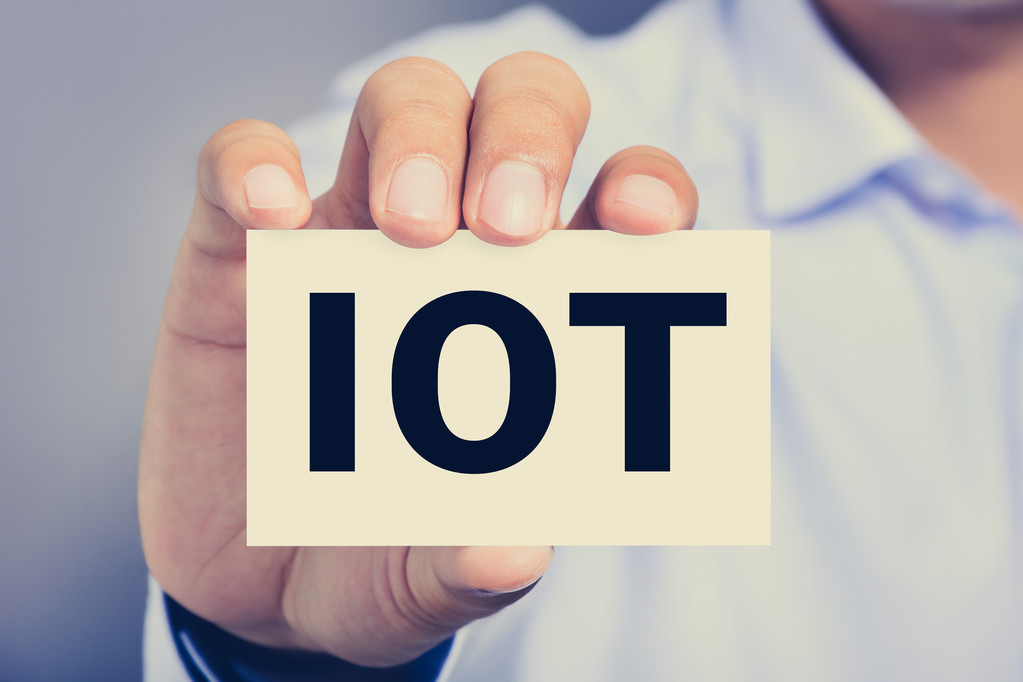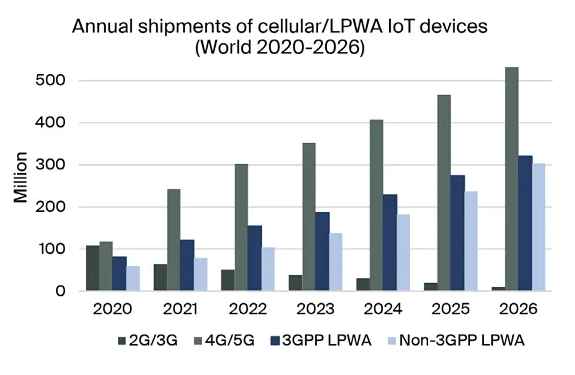2021 is a year of explosion for the cellular IoT module industry


Annual shipments of cellular IoT modules will increase by 39% to 428 million units in 2021, according to a new research report from IoT analytics firm Berg Insight.
Annual revenue grew faster, reaching 54% to $5.3 billion, reflecting strong customer demand in a supply-constrained environment. While supply shortages may lead to some inventory builds, several suppliers reported continued strong growth in the first quarter of 2022, suggesting near-term demand remains strong.
According to Berg Insight's latest cellular IoT module supplier market share assessment, the top five cellular module suppliers, including Quectel, Fibocom, Sunsea AIoT, Thales and Telit, account for 68% of the market share in terms of revenue. Overall, 2021 was a record year for the cellular IoT module industry, with all major vendors posting double-digit growth. Chinese suppliers continue to outperform the market, in part due to significant growth in the domestic IoT market, which now accounts for more than 55% of global cellular module demand.
4G LTE is the dominant technology as LTE Cat-1, NB-IoT and LTE-M replace 2G and 3G technologies in the low to mid-end market. Driven by strong growth in China, shipments of LTE Cat-1 modules nearly tripled during the year, with domestic suppliers supporting the single-antenna version of LTE Cat-1 bis compared to the standard LTE Cat-1 platform 's chipsets are about half the price. The adoption of LTE Cat-1 in the country has come at the expense of NB-IoT shipments, which have slowed year-on-year growth. Similar to the previous year, shipments of NB-IoT modules were mainly limited to China. Internationally, NB-IoT module shipments are in the single-digit millions, and demand is mainly driven by the deployment of smart gas meters and smart water meters.

LTE Cat-1 modules also account for a large share of sales in North America, Europe and parts of Asia Pacific, although LTE-M is seen as increasingly attractive for IoT devices with tighter power consumption and lifecycle requirements alternative. because
Both LTE-M and NB-IoT support 5G, so they are suitable for IoT devices that will stay in the field for more than 10 years, which could prove crucial as mobile operators in advanced markets start to phase out their 4G LTE networks are approaching the end of the decade. Today's LTE-M module shipments far exceed NB-IoT shipments outside of China. Compared to NB-IoT, the over-the-air software upgradeability of LTE-M devices has proven to be a key success factor for the technology.
5G NR module shipments are starting to take off in product categories such as connected cars and IoT gateways. 3GPP's latest Release 17 introduces 5G NR support for reduced-capability (RedCap) devices, extending 5G NR to less complex IoT devices for those requiring faster speeds compared to LTE-M or NB-IoT high-end applications. The technology will replace LTE Cat-4 and LTE Cat-6 devices such as wearables, telematics gateways, industrial meters and alarm panels. Enhanced RedCap (eRedCap), part of 3GPP Release 18, will provide greater energy efficiency and a migration path for LTE Cat-1 designs.